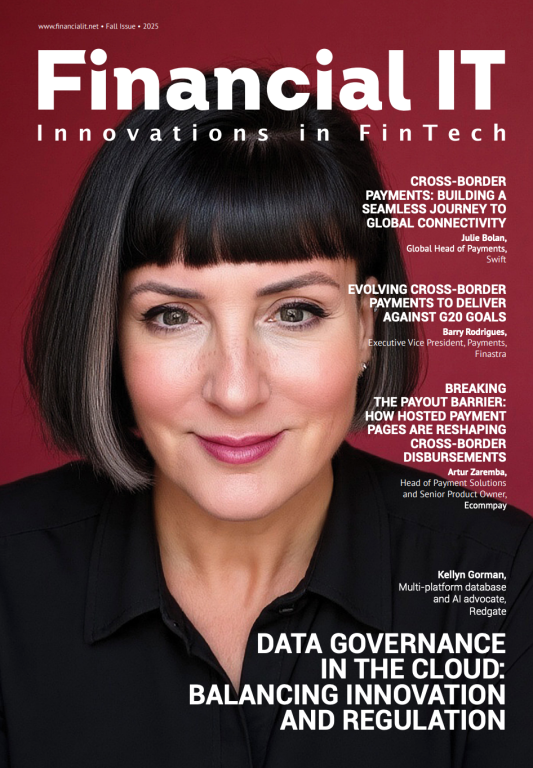What Is a Payment Fraud?

- Sandra Wróbel-Konior, Content Marketing Specialist at SecurionPay
- 01.08.2016 09:45 am payments , security , Content Marketing Specialist with a tech-savvy personality, experience in writing and passion for reading. Staying up to date with the latest social media trends, in love with GIFs.
Payment fraud is a term that scares every ecommerce business owner. There is nothing to be surprised about, fraud can be very costly, and it comes with your money as well as with your credibility and customer’s trust. Read the post to see the meaning of payment fraud.
In general, payment fraud is any false or illegal transaction, which can happen on the internet. The cyber-criminals usually steal someone’s money, personal property, or sensitive information. How it might affect your business?
Payment fraud is unstoppable
eCommerce is based on the internet transactions, where customers are paying for products and services. It’s not hard to deduce that with growing popularity of online stores, the fraudulent activities are increasing. I know how it sounds like, but with an effective anti-fraud protection your online business is safe.
The thing is, that fraudsters also might contact with the credit card owners to request sensitive information in a tricky way. They can steal the private data by sending them an email or SMS (known as phishing), but also redirect them to a fraudulent website, or even give them a call. Cyber-thieves are looking for glitches or patches that weren’t updated for some time. They use these gaps to get the access to sensitive information.
What are the types of ecommerce fraud?
Here are the most common scenarios of illegal transactions.
- Credit card fraud. That’s one of the most likely type of fraud. The most common scenario is when fraudsters use stolen credit card and buy goods online. Usually the credit card owner disputes the charge to get back stolen money, but the merchant can lost not only the product bought by thieve, but also the money.
- Denial of receiving the product. It’s also one of the most common scenario. Fraudster orders the product, merchant send it to the thief and then, he claims that he didn’t receive the product. Sometimes they also deny that they ordered it. It’s hard to prove that they’re not telling the truth, but not impossible.
- Fake returns. This is when customer try to convince the merchant that he sent the ordered product back, and want a refund, but the item never arrives. Sometimes customer send back a single product, but claims that there were more item in the box, and demand a full refund.
- Triangulation fraud. As a merchant, you could also hear about triangulation fraud, which is when a falsified online store offers popular items at extremely low prices. Fraudsters use this method to collect addresses and credit card details. Next, the stolen data are used to order goods at a real store. Stolen credit cards are using to make extra purchases, so it’s hard to discover the fraud.
- Friendly fraud. There is also something called friendly fraud, and occurs when the customer order some items, pay for them, and then initiate the chargeback, trying to convince you that his card was stolen.
These are the most common fraudulent scenarios, but you need to prepare for some more absurd situations. When you run an online business, you need to consider how you’ll be acting in cases like those above. The thing is that customer’s not always right and you need to protect your profits.



















